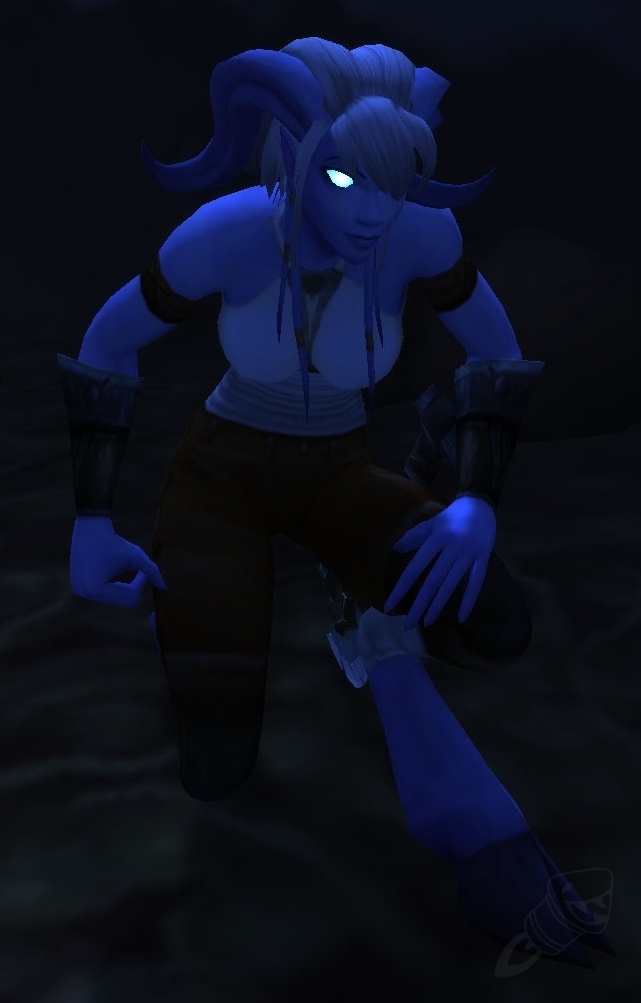

Instead of being a religion, the Holy Light is more a “philosophy” and a reference to one being who created the universe. This changes to around the time of Warcraft 3, where Clerics and Paladins are now shown to be followers of something simply called the Holy Light. This seems to be in line with what Warcraft wanted to achieve at the time, which was an inclination towards Medieval Fantasy without pertaining to any one religious belief. It was way back in Warcraft: Orcs and Humans and even Warcraft 2 that the playable Clerics of Northshire worship a “God” and believe in concepts of Heaven and Hell, as well as angels and demons. Exploring the Shadowlands would have it revealed as an entirely new dimension altogether, serving as a culmination of all afterlife beliefs powered by anima, or the culmination of one’s mortal experiences. This was confirmed when Sylvanas’s attempted suicide at Icecrown had transferred her to the Maw in the Shadowlands, supposedly a place of torment for the vilest of souls. However, this changed in the first volume of Chronicles, released prior to Legion, where it was revealed that a mysterious realm called the Shadowlands became the next destination of the dearly departed. Related: Small Details In The Story Of World Of Warcraft: Shadowlands You Missed Prior to this recent chapter, literature from around Warcraft 2 declared that spirits of the dead went to the Twisting Nether, something that WoW factions such as the Scarlet Crusade espouse when hostile against players and especially the Undead Scourge. One of the biggest retcons seen in Warcraft history has to do with an entire expansion, in this case Shadowlands of World of Warcraft. And with the sin’dorei generally ignored by the Alliance despite their losses, the Blood Elves may have had no choice but to side with the Horde. Fans may remember the Blood Elves siding with the Alliance against the Scourge, but prejudices against Warlocks and Fel Magic led to general mistrust towards the Blood Elves. The books further enhance this backstory with a rift between the Blood Elves and the Alliance in the first place.

This situation leads to some rather odd situations, such as Kael creating a portal connecting Outland to Bloodmyst Isle but somehow not directly into Quel’thalas, and the Alliance somehow randomly stopping a Blood Elf pilgrimage in Outland. In The Burning Crusade, the allegiance of the Blood Elves towards the Horde is simply explained as Sylvanas offering the Blood Elves aid in reaching their leader Kael’thas in the Outlands.
#Draenei warcraft movie series
As a result, much of the artistic changes that the Draenei underwent to achieve their current form were based on combining the general aesthetic of the Eredar with heroic poses, as well as fantasy technology bordering on sci-fi.įans might remember that Warcraft has a ton of supplementary idea designed to further improve the existing lore in World of Warcraft, and the Chronicles series of books adds a lot of further context to the nature of the Blood Elves’ connection to the Horde. This change in particular had to do with the creative team wanting a “lawful good” variant of the likes of Kil’jaeden and Archimonde, both hailing from a race of corrupted beings known as the Eredar. Unfortunately, the Draenei players encountered in Warcraft 3 belong to the Broken faction, a group of heavily-mutated Draenei who “lost in touch” with their connection to the Light. However, by the time the Draenei became a playable Alliance race beginning in The Burning Crusade, major changes had to be made to accommodate this “promotion.” Now, the Draenei are explained to be exiled Eredar led by Velen, who escaped Argus and went to Draenor ( now the Outlands) just after his fellow Eredar leaders Archimonde and Kil’jaeden were corrupted by Sargeras. As fans of Warcraft lore might remember, the Draenei have made their first appearance in Warcraft 3 as a race booted by the Orcs from their old home of Argus.


 0 kommentar(er)
0 kommentar(er)
